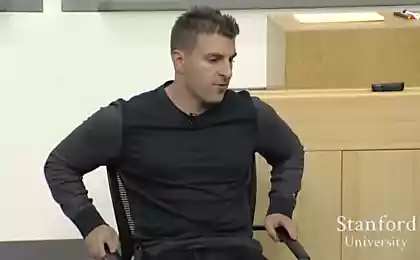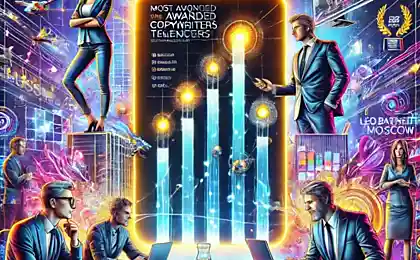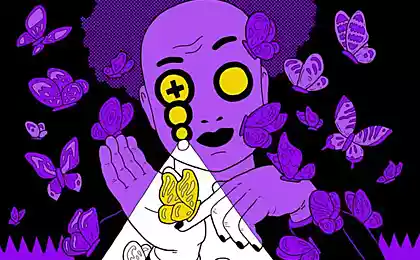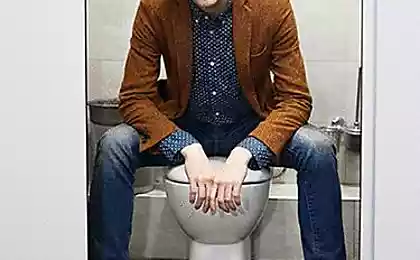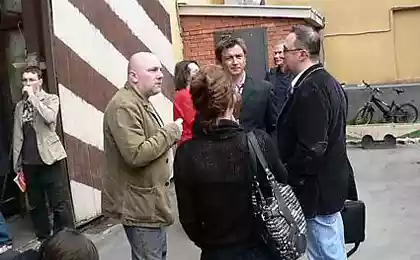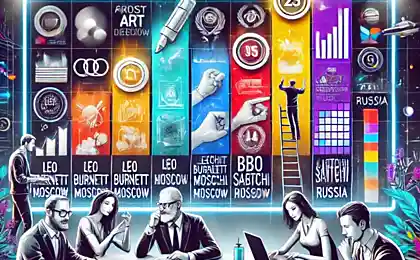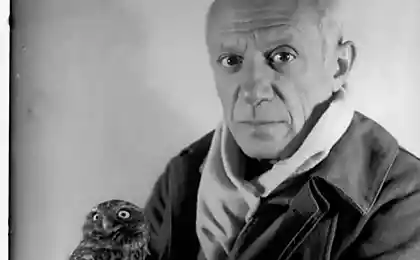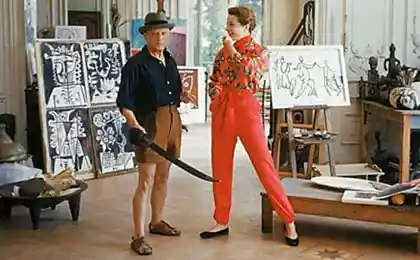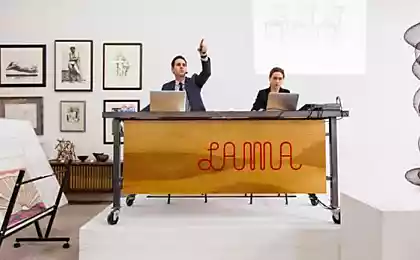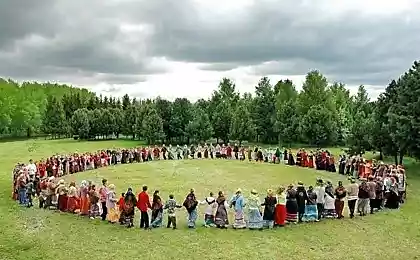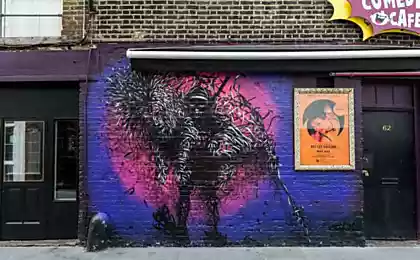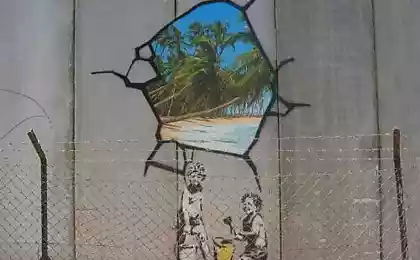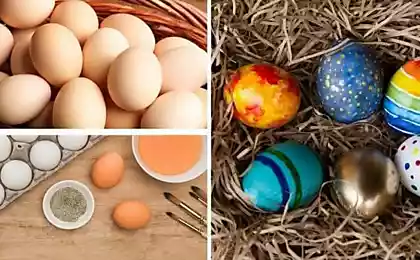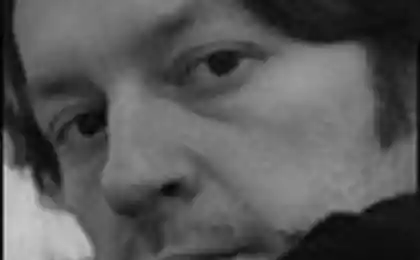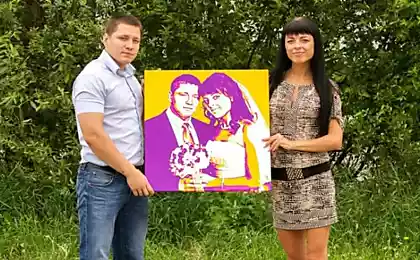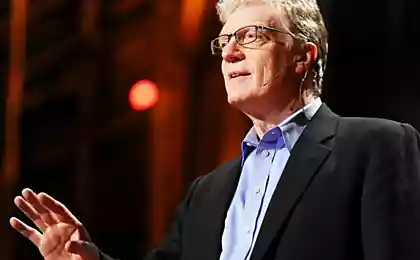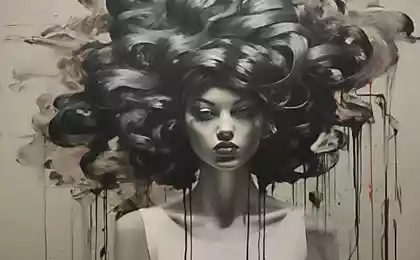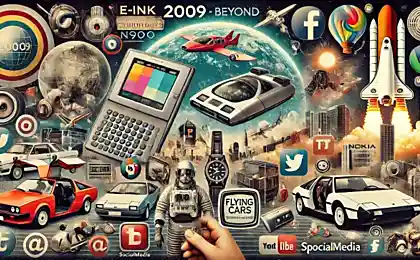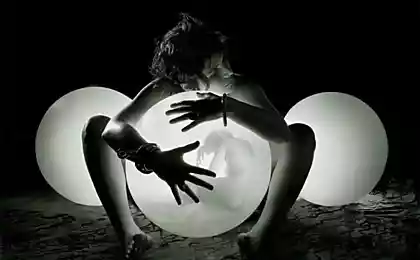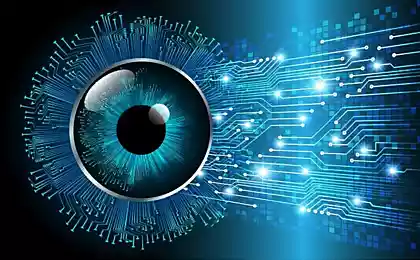228
From Cubism to AI Art: How Technology is Changing Visual Culture
The evolution of art influenced by digital tools, interviews with contemporary artists and predictions for the future.

Introduction: A New Dimension of Creativity
When Pablo Picasso and Georges Braque broke the usual canons of painting in the early twentieth century, creating the first cubist paintings, few could imagine that experimentation in art would reach such a scale as today. The boundaries between traditional and digital methods have long been erased, and the concepts of “painting” and “computer graphics” no longer seem mutually exclusive. New technologies, including artificial intelligence, offer unprecedented opportunities for self-expression. But how exactly have these shifts affected visual culture? And how do we see the future of creativity in a world where algorithms can generate works of art?

According to a number of researchers (such as Tate), the development of digital tools not only gives artists new forms for self-realization, but also changes our understanding of aesthetics. Let’s understand what has changed since the time of Cubism and why artificial intelligence can become another revolutionary milestone.
A Brief History of Experiments: From the Avant-garde to the Digital Age
All art is an answer to the challenges of time. Cubism, which arose at the beginning of the XX century, was a reaction to the development of photography and the desire of artists to move away from a realistic image of form. If in the Renaissance the emphasis was on the “right” perspective, then the Cubists proposed to look at the object from different points of view simultaneously. It happened. shift This allowed us to go beyond classical composition.
In the future, the avant-garde movements continued to “break” the usual canons. Surrealists experimented with the subconscious mind, abstractionists with color and form. And the advent of digital technology has added new elements to the equation of creativity. There are directions. digitalincluding computer graphics, video performances, interactive installations and much more. The key idea was to use the computer not only as a tool, but also as a full-fledged collaborator in the artistic process.
AI Art: What is it and why does everyone care so much?
When we talk about AI art (Generative Adversarial Networks, neural network drawing, etc.), we mean works created either entirely by computer algorithms or with significant participation of artificial intelligence. Unlike traditional digital painting, where the artist directly “draws” using a graphic tablet, in AI art, a person sets parameters, and the algorithm “creates” according to its own rules. As a result, they can be born. unpredictable Images and forms that even the artist himself did not originally plan.
Many authors see this as a threat to the artist's profession: "If an algorithm can create a painting, why would we need a painter?" However, others argue that AI art is just another stage of evolution that pushes the boundaries of the possible. Essentially, computer programs take on routine aspects (calculating perspectives, selecting color combinations) and give a person the opportunity to focus on the concept and idea.

Interviews with contemporary artists
To find out how the authors themselves feel about new technologies, we talked to several contemporary artists:
Technology and aesthetics: how does perception change?
Any technological revolution in the arts is accompanied by a shift in aesthetics. When photography appeared, painting moved from pure realism to impressionism and further to abstraction. Now the emergence of AI resembles another spiral: we see a mixture of human intuition and algorithmic accuracy. This gives rise to new “aesthetic norms”: understatement and “glic art”, digital distortions, electronic palettes, immersive VR effects.
As a result, it changes and viewership. In a traditional gallery, we could look at the canvas and admire the author’s technique. In the case of digital art, we often interact with work, whether it’s a web application, an AR filter, or an interactive installation. And if we are talking about neural network works, the viewer understands that there is also a “intangible co-author” involved – an algorithm trained on thousands of images.

Predictions for the future: where is visual culture going?
The contemporary art critic Hans Pierdeck once said, “Art does not die, it evolves.” In the context of AI and high technology, a number of trends can be assumed:
Conclusion: harmony of experiment and tradition
From the birth of Cubism to the advent of AI art, there has been a desire in every era to explore new forms, challenging conventional canons. Today, we are on the cusp of a digital revolution in which neural networks and VR performances are becoming as important as canvas and oil once were.
However, the essence of art remains unchanged - this is the dialogue with peace and myself. Technology only changes tools and formats, leaving room for human intuition and self-expression. Looking at the current trends, it is safe to say that art will live and evolve, taking on increasingly diverse forms that will further expand our perception of beauty and originality. After all, the most valuable thing in art is surpriseInspire and shape new perspectives on reality.

Introduction: A New Dimension of Creativity
When Pablo Picasso and Georges Braque broke the usual canons of painting in the early twentieth century, creating the first cubist paintings, few could imagine that experimentation in art would reach such a scale as today. The boundaries between traditional and digital methods have long been erased, and the concepts of “painting” and “computer graphics” no longer seem mutually exclusive. New technologies, including artificial intelligence, offer unprecedented opportunities for self-expression. But how exactly have these shifts affected visual culture? And how do we see the future of creativity in a world where algorithms can generate works of art?

According to a number of researchers (such as Tate), the development of digital tools not only gives artists new forms for self-realization, but also changes our understanding of aesthetics. Let’s understand what has changed since the time of Cubism and why artificial intelligence can become another revolutionary milestone.
A Brief History of Experiments: From the Avant-garde to the Digital Age
All art is an answer to the challenges of time. Cubism, which arose at the beginning of the XX century, was a reaction to the development of photography and the desire of artists to move away from a realistic image of form. If in the Renaissance the emphasis was on the “right” perspective, then the Cubists proposed to look at the object from different points of view simultaneously. It happened. shift This allowed us to go beyond classical composition.
In the future, the avant-garde movements continued to “break” the usual canons. Surrealists experimented with the subconscious mind, abstractionists with color and form. And the advent of digital technology has added new elements to the equation of creativity. There are directions. digitalincluding computer graphics, video performances, interactive installations and much more. The key idea was to use the computer not only as a tool, but also as a full-fledged collaborator in the artistic process.
AI Art: What is it and why does everyone care so much?
When we talk about AI art (Generative Adversarial Networks, neural network drawing, etc.), we mean works created either entirely by computer algorithms or with significant participation of artificial intelligence. Unlike traditional digital painting, where the artist directly “draws” using a graphic tablet, in AI art, a person sets parameters, and the algorithm “creates” according to its own rules. As a result, they can be born. unpredictable Images and forms that even the artist himself did not originally plan.
Many authors see this as a threat to the artist's profession: "If an algorithm can create a painting, why would we need a painter?" However, others argue that AI art is just another stage of evolution that pushes the boundaries of the possible. Essentially, computer programs take on routine aspects (calculating perspectives, selecting color combinations) and give a person the opportunity to focus on the concept and idea.

Interviews with contemporary artists
To find out how the authors themselves feel about new technologies, we talked to several contemporary artists:
- Alexander Lebedev, digital artist: I use neural networks as a brainstorm partner. I can upload my sketches to the algorithm and give you the task of, say, "mix this with the textures of anatomical drawings of the Renaissance." Often the result is unusual and inspires me to make new artistic decisions. For me, AI is not a replacement, but an amplifier. ?
- Marina Tsvetova, painter and photographer: I tried AI generators to create abstract backgrounds, on which I then finished the details in oil. This combination of traditional and digital techniques gives a completely different effect in the perception of the picture. I never thought I would be able to play like that. ?
- Denis KazakovMy studio does VR projects, and artificial intelligence helps us create dynamic landscapes for virtual worlds. Without these technologies, the process would take many times longer. The main thing is not to be afraid to experiment and go beyond.
Technology and aesthetics: how does perception change?
Any technological revolution in the arts is accompanied by a shift in aesthetics. When photography appeared, painting moved from pure realism to impressionism and further to abstraction. Now the emergence of AI resembles another spiral: we see a mixture of human intuition and algorithmic accuracy. This gives rise to new “aesthetic norms”: understatement and “glic art”, digital distortions, electronic palettes, immersive VR effects.
As a result, it changes and viewership. In a traditional gallery, we could look at the canvas and admire the author’s technique. In the case of digital art, we often interact with work, whether it’s a web application, an AR filter, or an interactive installation. And if we are talking about neural network works, the viewer understands that there is also a “intangible co-author” involved – an algorithm trained on thousands of images.

Predictions for the future: where is visual culture going?
The contemporary art critic Hans Pierdeck once said, “Art does not die, it evolves.” In the context of AI and high technology, a number of trends can be assumed:
- Imersive spaces. The galleries of the future will become interactive mazes where viewers will interact with holograms and VR projections.
- Collective creativity. Algorithms will be integrated into the creative process alongside real artists. Human + AI exhibitions will become the norm.
- Ethical issues. Discussions will arise about the right to authorship: who owns the rights to works created with the participation of a neural network? Lawyers and art communities are already working on this.
- Reinterpretation of classics. Neural networks trained on masterpieces of world art will be able to “repaint” them in new styles, causing the public curiosity and debate about the boundaries of the remake.
Conclusion: harmony of experiment and tradition
From the birth of Cubism to the advent of AI art, there has been a desire in every era to explore new forms, challenging conventional canons. Today, we are on the cusp of a digital revolution in which neural networks and VR performances are becoming as important as canvas and oil once were.
However, the essence of art remains unchanged - this is the dialogue with peace and myself. Technology only changes tools and formats, leaving room for human intuition and self-expression. Looking at the current trends, it is safe to say that art will live and evolve, taking on increasingly diverse forms that will further expand our perception of beauty and originality. After all, the most valuable thing in art is surpriseInspire and shape new perspectives on reality.
How to recognize manipulation: instructions from a psychologist
What do you eat in space? Unexpected facts about space cuisine
